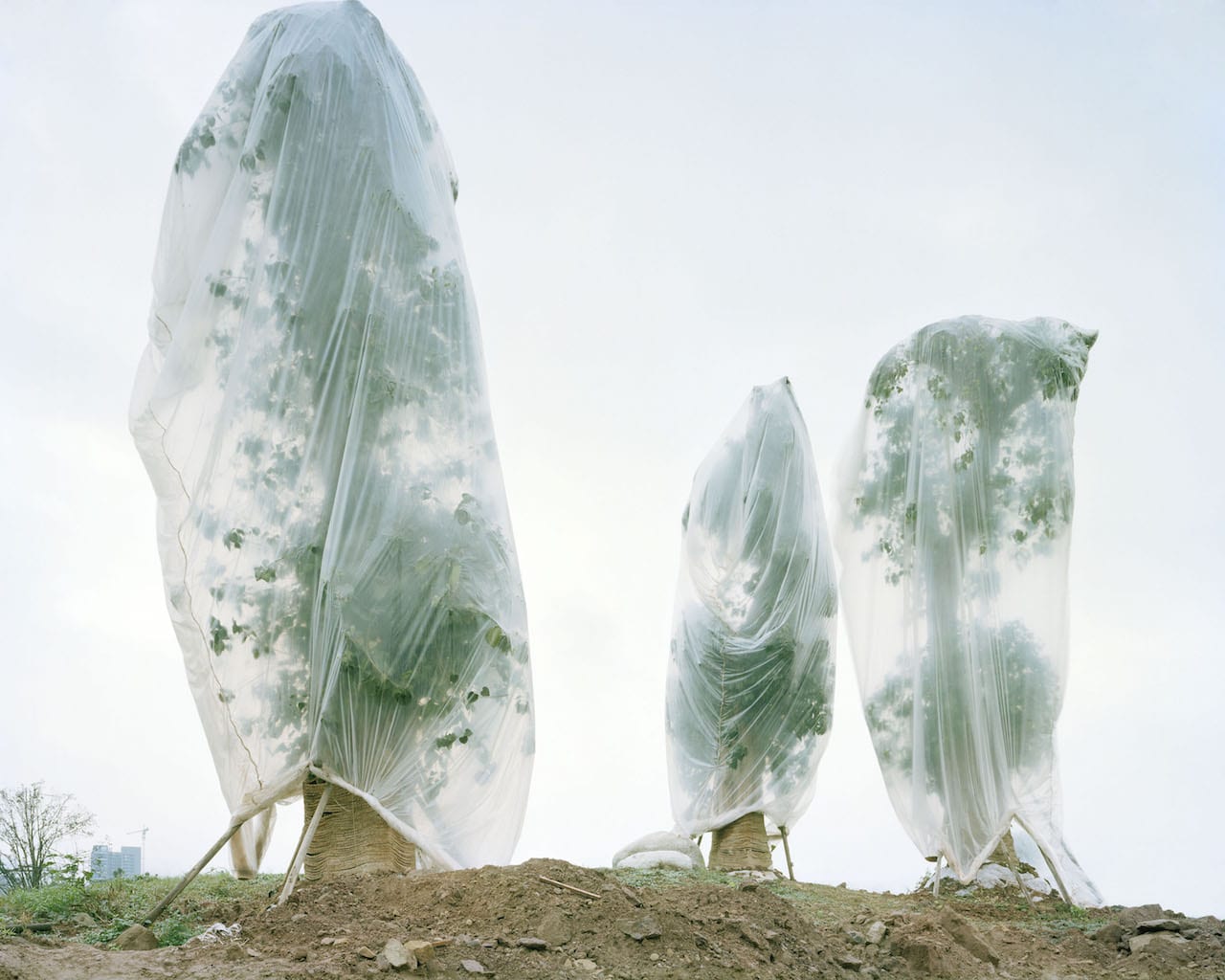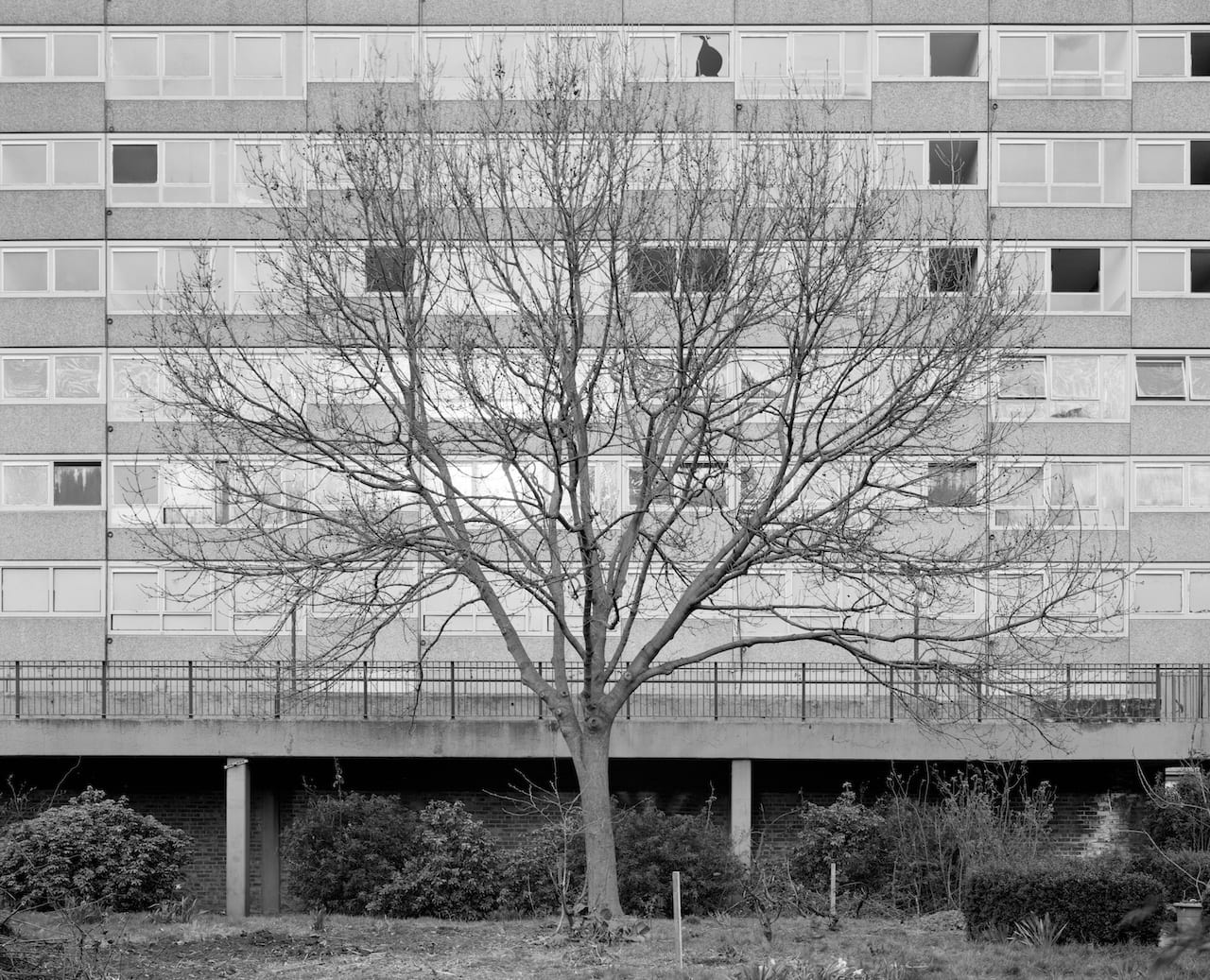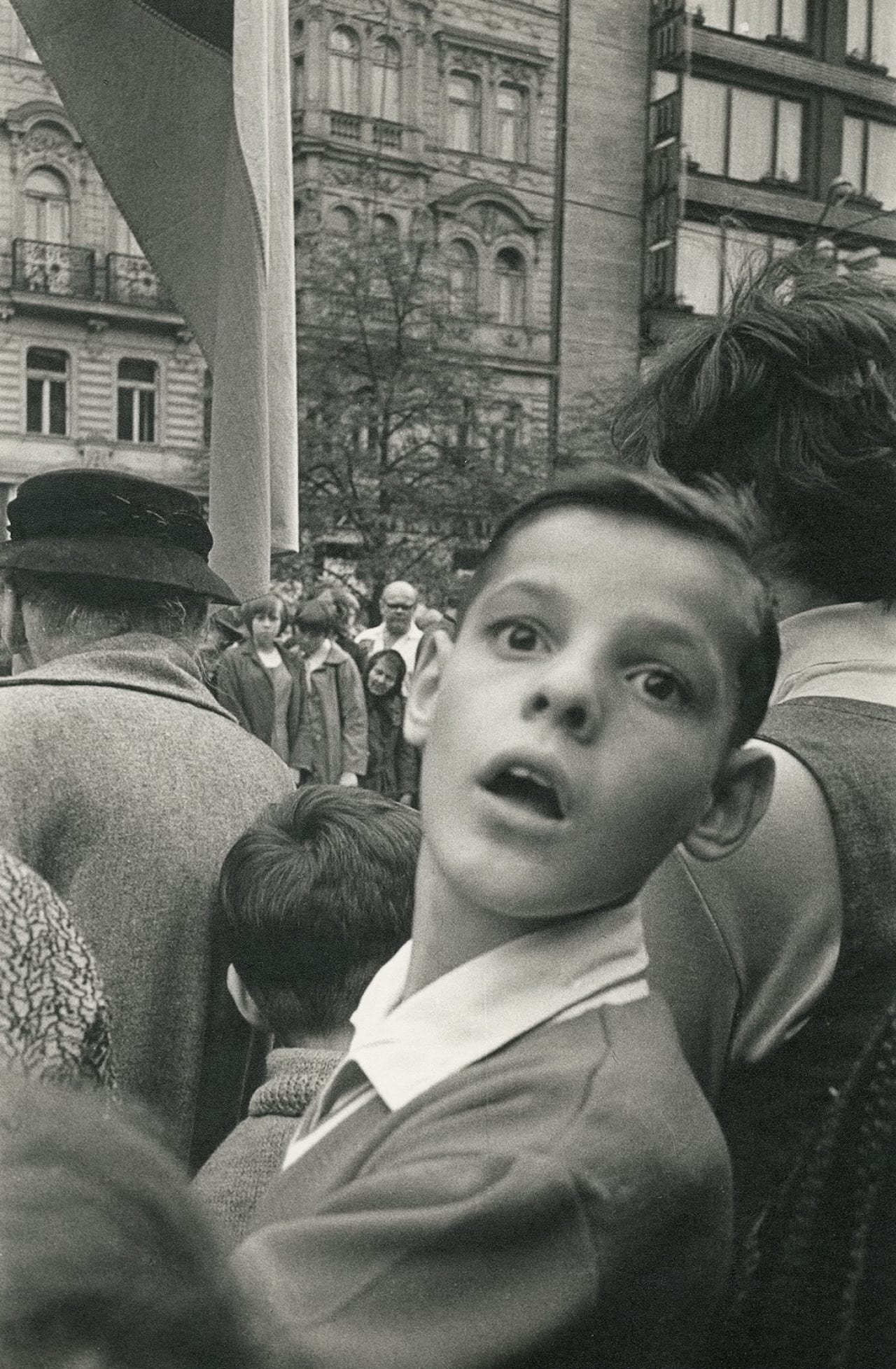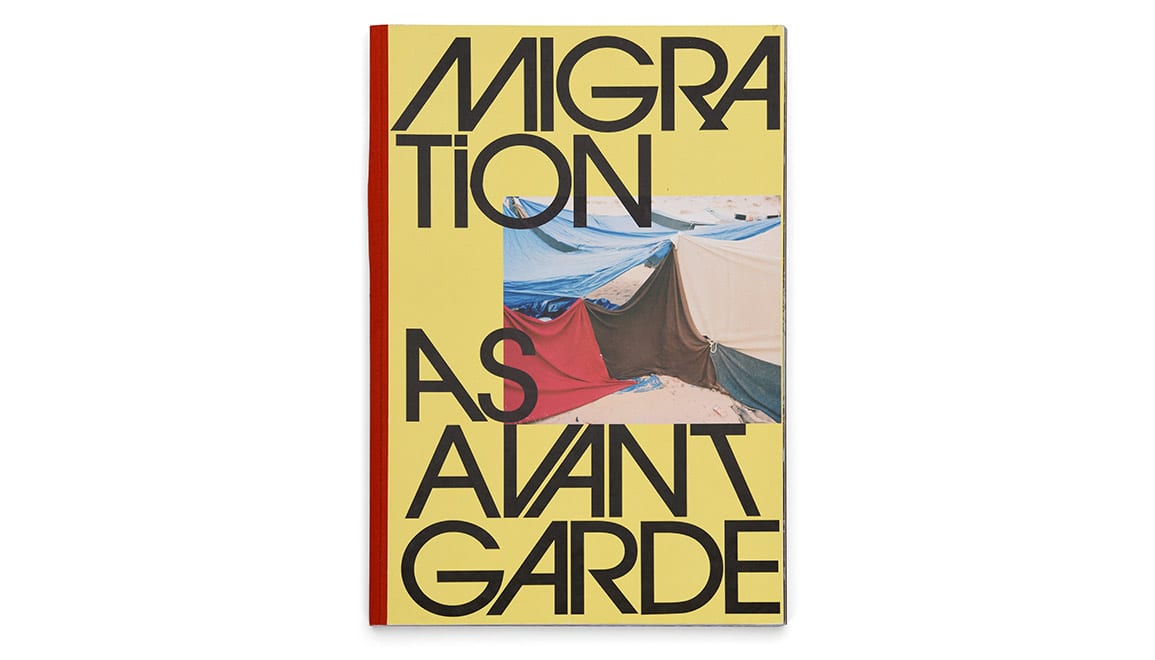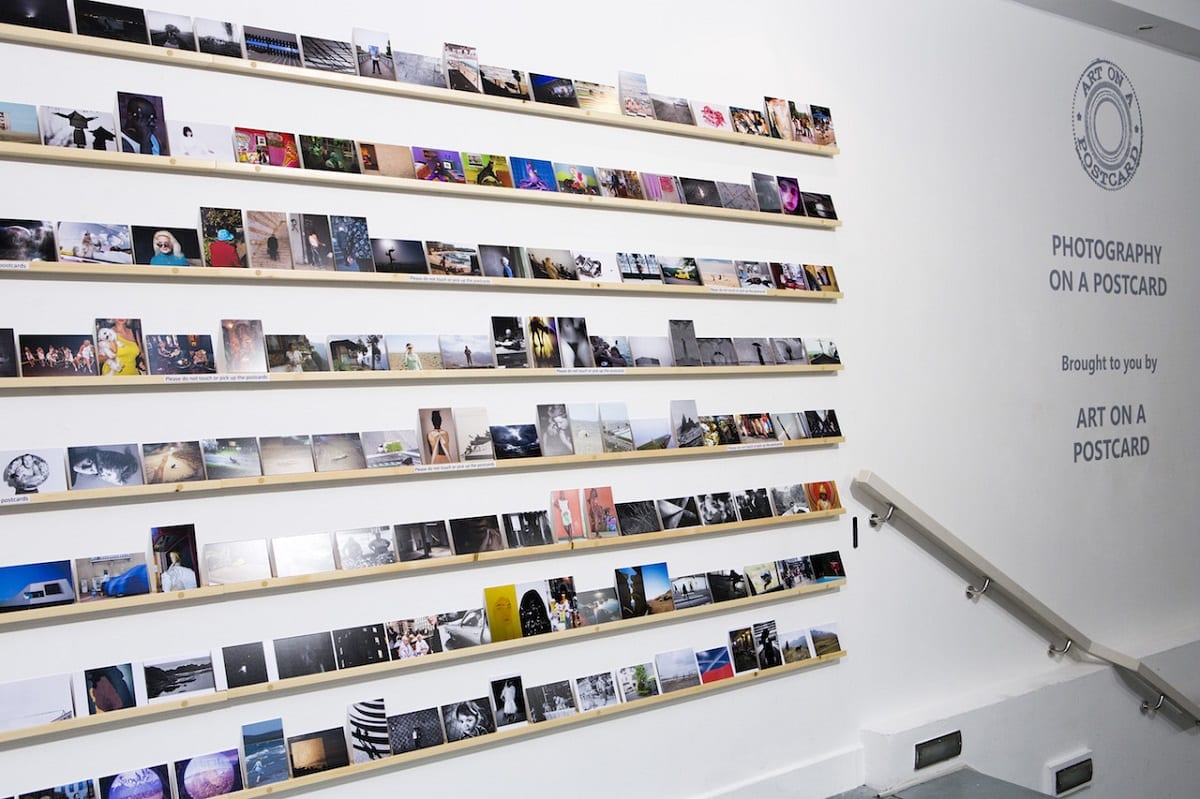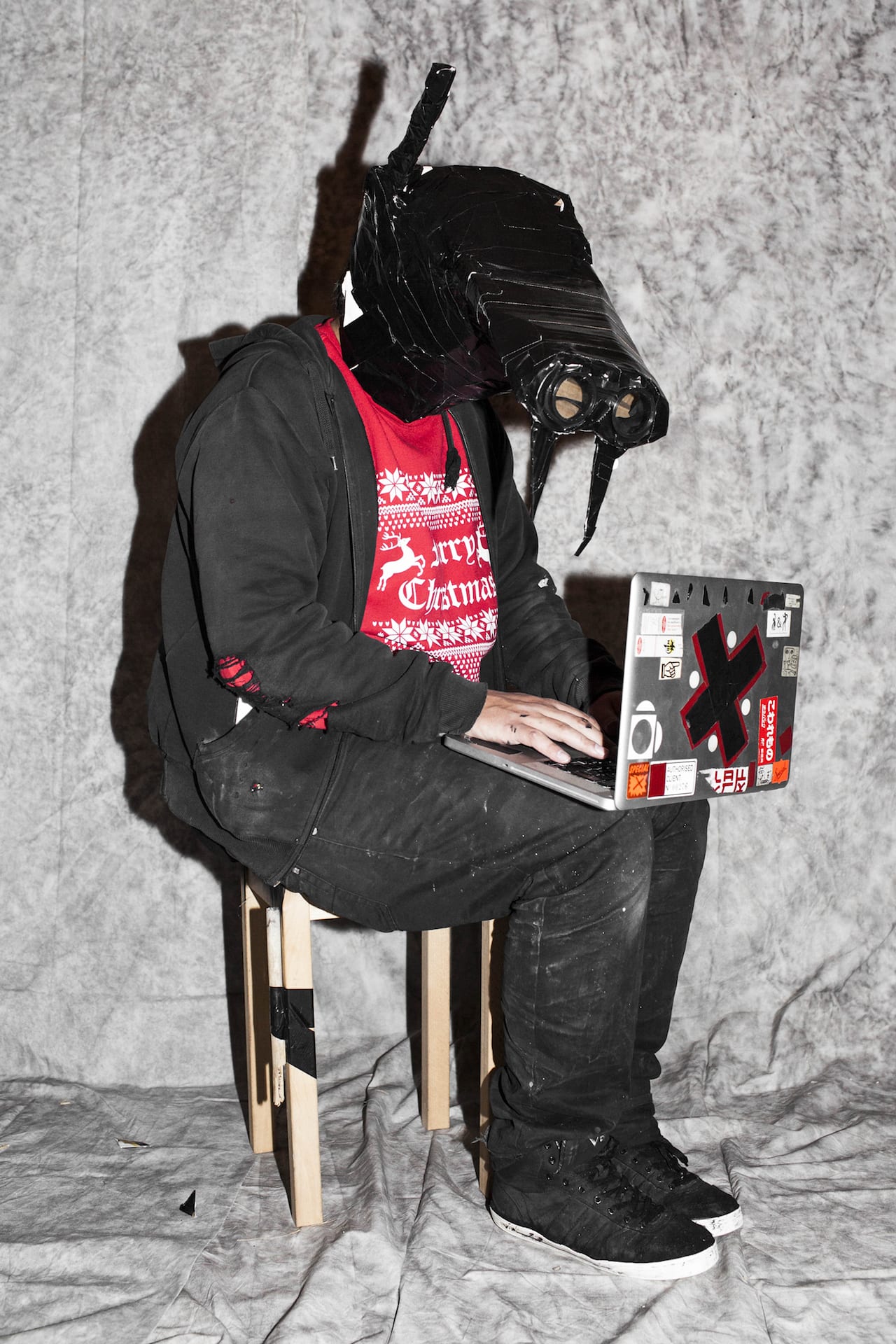In Chongqing, the largest city in southwest China, city officials have been planting trees for over a decade, aiming to create a “forest city”. But after investigating the origins of these trees, photographer Yan Wang Preston uncovered a troubling process. “The whole concept of trying to be green is being abused,” she says.
By way of example, she tells the story of Frank – a 300 year-old tree that’s a central character in her new book, Forest. When Preston first encountered Frank in 2013, he was being forcefully removed from a small village that was soon to be flooded by one of the Yangtze River dams. Frank was sold to the owners of a five-star hotel in a nearby county for 250,000 RMB, approximately £30,000. When asked whether the tree would survive, one of the guards replied with pride, reassuring Preston that they were all experts at transplanting trees.
But when she returned in 2017, Frank had been dead for over two years – and so had the tree that had followed it. “The older the trees are, they more likely they will die, because it’s hard for them to adapt to a new environment,” says Preston. “I’m interested in the complicity of this whole thing. For the tree, it’s very sad to be relocated. But then, the ultimate motivation is to be closer to nature”.

